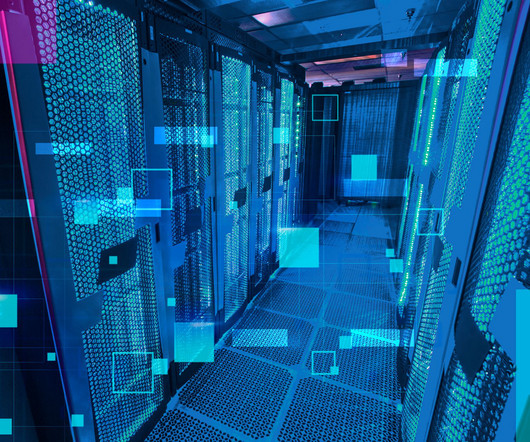The University of Phoenix and Expedient: Making the Transformation from a Legacy Datacenter to Software-Defined Excellence
CIO Business Intelligence
JULY 13, 2022
Based in Pittsburgh and with data centers throughout the United States, Expedient is a VMware Cloud Verified partner that serves numerous industries and makes the cloud different, smarter, safer, and simplified for many of the most successful organizations. Staff members are also being trained in DevOps and development.













Let's personalize your content